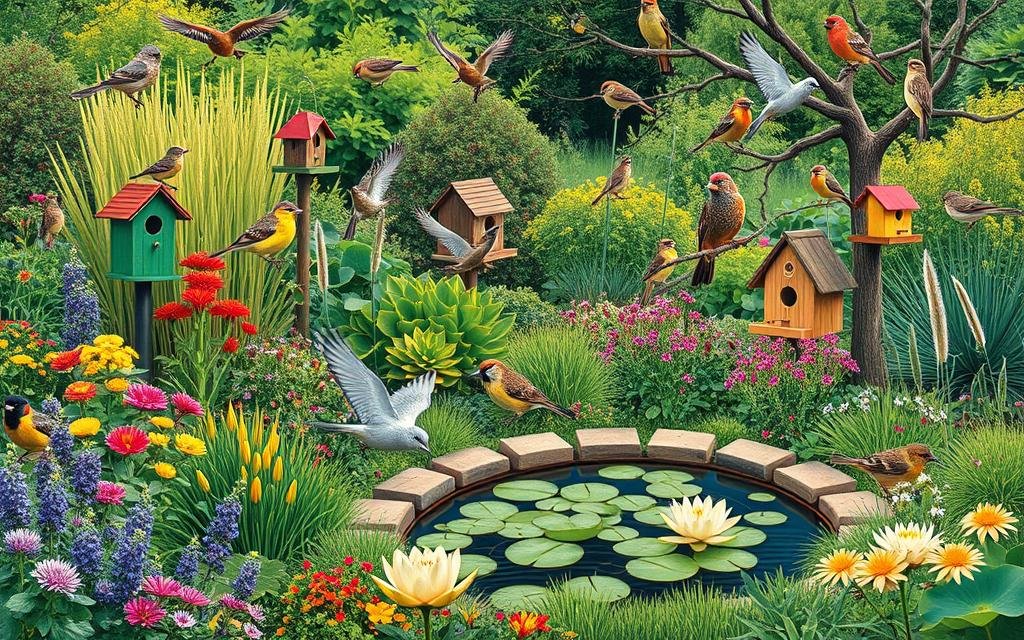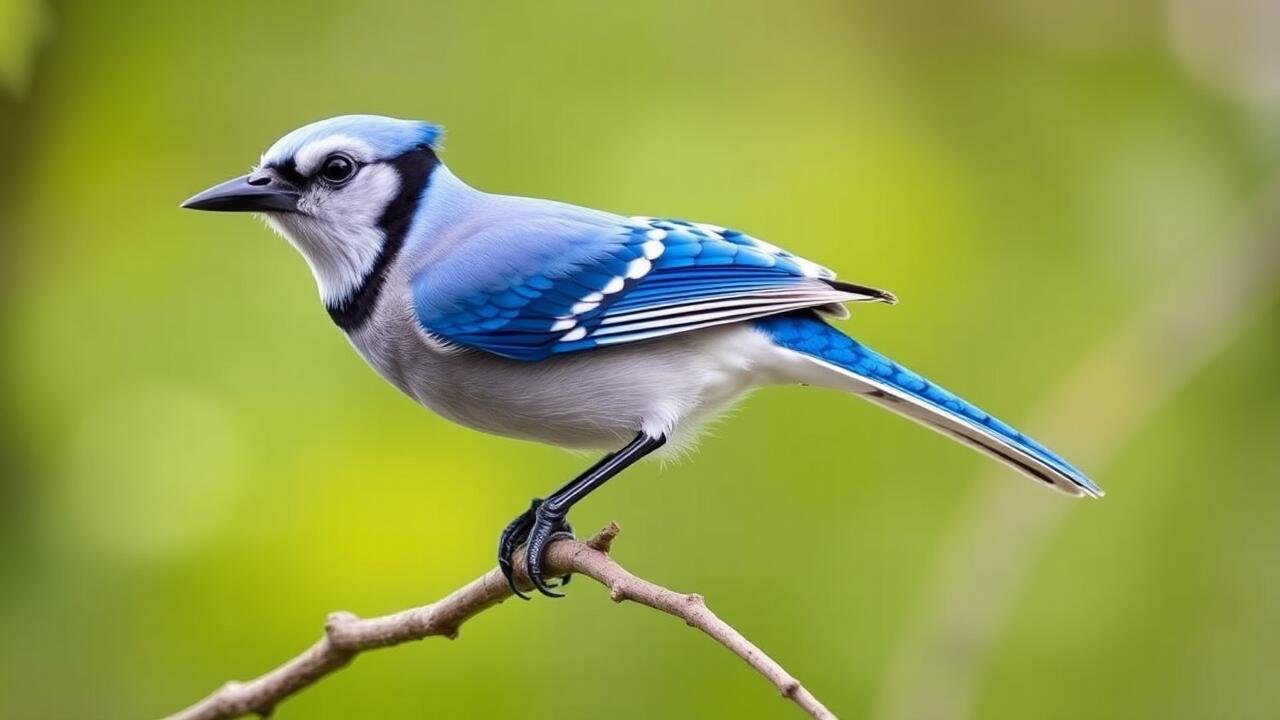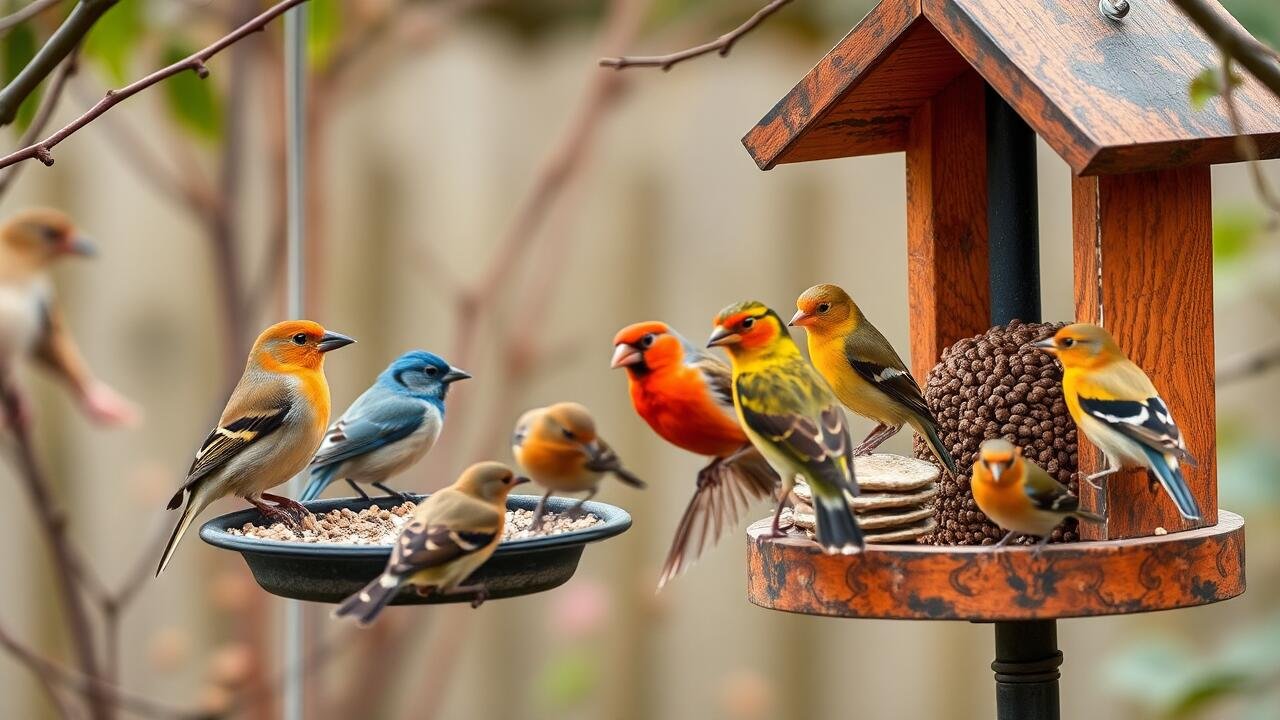I always thought my backyard could be more than just a space. It could be a sanctuary for birds. By making it bird-friendly, my garden became a lively haven. It’s filled with life and color, attracting many birds.
Creating a bird-friendly garden is easy. With a few smart choices, we can make our gardens a bustling ecosystem. Imagine a garden with cosmos, black-eyed Susan, and zinnias swaying in the breeze. Butterflies and bees dance around, creating a beautiful ballet of nature.
Adding drought-tolerant plants and seasonal bloomers keeps the garden lively all year. A birdbath or a birdhouse can make a big difference. They turn our gardens into engaging spaces for birds1.
My garden is not just for looks; it’s for the wildlife too. Oak trees attract butterflies and moths, essential for a bird-friendly garden2. It makes our neighborhood beautiful and shows we care about the environment. It helps reduce pesticide and gas use, protecting nature2.
Key Takeaways
- Strategically designing a garden with the habitat needs of birds leads to a teeming sanctuary.
- Seasonal plantings provide natural and continuous sources of nourishment for birds and pollinators.
- Incorporating water features and simple structures like birdhouses significantly elevates the garden’s appeal to wildlife.
- Choosing native plants such as oaks over non-native species like ginkgo can quintessentially transform the garden into a pollinator’s paradise2.
- Embracing eco-friendly gardening practices by reducing pesticide and gas usage plays a crucial role in supporting bird populations and combating climate change2.
- Adding varied vegetation layers and bird feeders encourages a diverse bird presence, enhancing the garden’s ecological role3.
Understanding the Essentials of a Bird-Friendly Garden
Welcome to our journey of making a bird-friendly garden. This is a place where birds and other wildlife can thrive. It’s also a way to make our outdoor spaces healthier and more vibrant.
Importance of Birds in Our Ecosystem
Birds are key to our environment. They help control pests and pollinate plants, which is vital for crops. In fact, 96% of land birds rely on insects for their chicks, showing how crucial they are4.
Having many different bird species in our gardens is a sign of a healthy ecosystem. It shows how connected we all are in nature.
Defining the Characteristics of a Bird-Friendly Environment
A bird-friendly garden is more than just bird feeders. It’s about creating a space that supports birds all year round. For example, native oak trees can host up to 557 types of butterflies and moths, offering more food for birds than non-native trees like ginkgo4.
Native plants attract more insects, which are vital for feeding chicks during breeding season. This makes our gardens better for birds and other wildlife.
By turning our yards into wildlife-friendly gardens, we can help the environment. Native plants need less water and fertilizers, which is good for the planet5. Also, using native plants can reduce the need for pesticides and gas used by lawn mowers4.
In short, using native plants and designing our gardens with different levels helps birds and saves natural resources. This way, our gardens can flourish even in busy cities5.
The Role of Native Plants in Attracting Birds
Adding native plants to your garden makes it look better and helps attract birds. Native plants are great because they offer birds shelter, places to nest, and food all year. This helps different bird species at different times in their lives.
In places like Chicago, native plants really help wildlife. For example, native oaks support over 500 caterpillar species, unlike non-native ginkgos which support only 5. This is important because it takes more than 6,000 caterpillars to feed a single brood of chickadees6. Trees like elms and shrubs like viburnums and elderberry are also favorites of migrating birds6.
Choosing native plants for attracting birds is a smart move. Studies in southeastern Pennsylvania found that native plant yards had up to four times more caterpillars than non-native plant yards. This shows how important native plants are for birds’ health7.
- Oak, willow, and cherry trees are great for birds because they have lots of caterpillars and offer berries and nuts8.
- Herbaceous plants like coneflowers and asters give seeds that are key for bird diets, especially in winter when food is hard to find8.
By carefully picking plants, you can make a haven for local wildlife. This not only helps birds but also boosts biodiversity. By choosing native plants, you help with local conservation. This ensures birds not only visit but also thrive in your garden.
Planning Your Bird Habitat: A Step-by-Step Guide
Creating a bird-friendly garden is a fun project. It’s about blending nature into your home. I aimed to make a perfect spot for birds and a peaceful place for myself.
Assessing Your Space for Sunlight and Shade
First, think about how much sunlight your garden gets. This is key for picking plants that birds love and grow well. Make sure your garden gets enough light to choose the right plants9
Also, pick spots that drain well to prevent plant diseases9
You might need to remove old grass for new plants. Use simple tools or sheet mulching with cardboard and soil9
Integrating Water Sources into Your Garden Design
Adding a water garden is crucial. Bird baths, ponds, or misting fountains attract more birds1. Place these near trees or bushes for safety9
Imagine a small DIY pond with a pump to keep water fresh. A 3×2 ft pond is a great start9
Building a bird garden is a slow process. Start small and watch how birds use your space. Be creative and enjoy making your garden a bird haven.
| Plant | Zone | Height | Wildlife Benefits |
|---|---|---|---|
| Echinacea spp. & hybrids | 3-9 | 2 to 5 feet | Attracts bees, butterflies |
| Rudbeckia | 3-9 | 10 inches to 7 feet | Supports a variety of birds |
| Helianthus spp. | 4-8 | Up to 16 feet | Seeds loved by songbirds |
| Lonicera spp. | 4-9 | Climbs 10 to 20 feet | Provides nesting spots and berries |
| Asclepias spp. | 4-8 | 2 to 5 feet | Essential for Monarchs |
Creating a Bird-Friendly Garden Layout
Creating a garden for birds means making a space that helps them all year. I pick plants that birds love and add features for both birds and people. This makes the garden beautiful and useful for birds.
Choosing the right plants is key. Oaks and maples give birds food and shelter, which is vital for local birds10. Under these trees, I add shrubs and perennials with berries and seeds. This makes the garden better for birds10.
Adding a butterfly garden also helps. It makes the garden lively and supports more insects. Chickadees, for example, need insects to feed their young11.
It’s important to have variety in the garden. Sunflowers and bee balms attract more birds12. Also, a clean water source makes the garden more appealing, especially in winter12.
Making the garden safe is crucial. I add birdhouses that meet different bird needs. This helps birds stay and make the garden their home10.
I also reduce lawn areas and use more plants. This helps birds and saves on lawn care. Here’s a table of plants that make a great bird-friendly garden:
| Plant Type | Benefits | Season |
|---|---|---|
| Oaks and Maples | Offers insects, berries, nesting sites | All seasons |
| Spicebush | Shelter and berries | Spring to Fall |
| Sunflower and Bee Balm | Attracts a wide variety of birds | Summer |
| Butterfly Garden Plants | Supports insect life (bird food source) | Spring to Fall |
It’s also important to teach others about bird care. This keeps birds safe from predators and makes the garden a better place for them1210.

Creating a garden for wildlife is rewarding. It makes our environment better and lets us enjoy bird beauty in our own yards.
Plant Selection: Providing Food and Shelter
Creating the perfect summer garden means more than just picking pretty plants. It’s about giving birds the food and shelter they need. By choosing the right plants, your garden becomes a welcoming place for birds and nature lovers.
Nurturing with Nectar: Choosing the Right Flowers
Nectar-rich flowers like hummingbird mint and honeysuckle are key to attracting hummingbirds. They make your garden beautiful and provide vital food during breeding times13. Adding coneflowers and milkweed helps seed-eating birds, offering food and nesting materials14.
Seasonal Selections for Year-Round Bird Visits
To keep birds fed all year, plant flowers that bloom at different times. Late bloomers like black-eyed Susans and fall berries from crabapples and beautyberries are especially helpful13. This approach keeps your garden lively and supports birds all year.
Realizing how your garden design affects wildlife can make it even more beneficial. Adding bird feeders and water sources turns your garden into a haven for birds. It also makes your outdoor space more beautiful and lively1413.
Incorporating Structures for Shelter and Nesting
Enhancing our bird-friendly gardens is key. We need to place birdhouses wisely and use natural plants. These steps improve our garden’s look and help local wildlife, especially birds. Let’s explore how to make these changes for our feathered friends.
Types of Birdhouses and Placement Tips
Choosing the right birdhouse is crucial for attracting certain birds. Different designs protect birds from weather and predators. It’s important to place birdhouses high up and in a shaded area to keep birds cool and safe.
The size of the entrance hole should fit the bird you want to attract. This ensures birds can get in without predators getting in too.
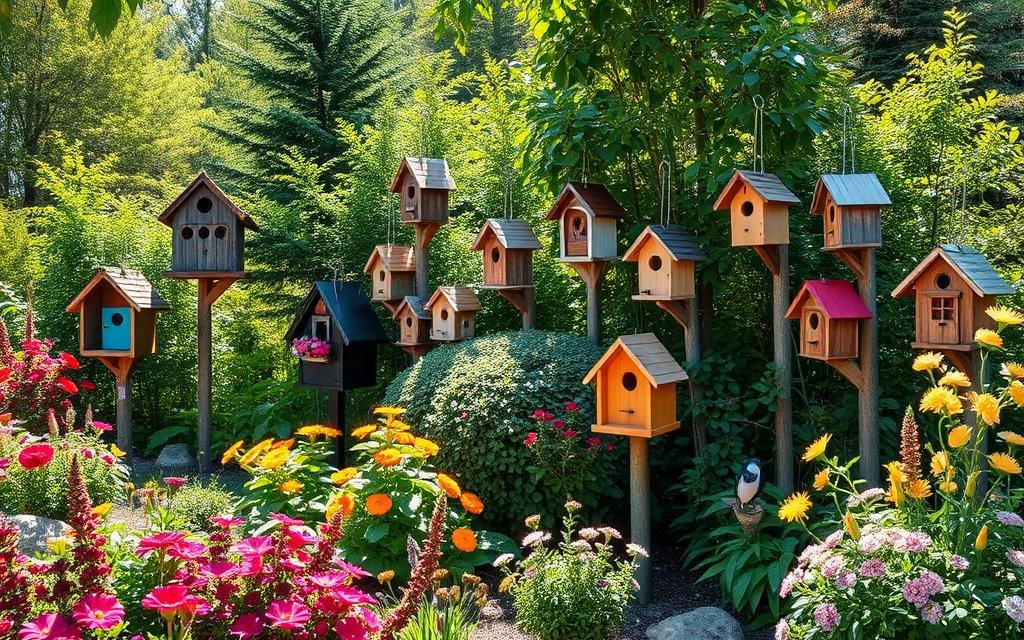
Including Natural Cover with Shrubbery and Trees
Birdhouses are just part of the solution. A good shrubs plan adds safety and appeal for birds. Dense shrubs like junipers offer berries and protection from weather and predators15.
Adding trees like hawthorns and crabapples provides fruits for birds, especially in winter16. Planting them in groups makes the garden look better and helps birds find food easily15.
Layering your garden with tall shrubs and small groundcovers adds beauty and mimics natural habitats15. This meets the needs of different bird species all year, offering shelter, nesting spots, and food.
Every choice we make, from birdhouses to shrubs, shapes the bird haven we create. By focusing on these details, we build a garden that’s not just beautiful but also supports a thriving ecosystem. This shows our dedication to the environment and its creatures.
Maximizing Bird Visits with Varied Plant Heights
Creating a garden with different planting designs and heights is key to attracting many backyard birds. By setting up layers like tall trees and low plants, you make your garden more appealing to various bird types.
Begin with tall plants like sunflowers and switchgrass for seeds and shelter. These plants add height and protect birds from bad weather. For the middle, use perennials like coneflowers and zinnias to attract finches, adding color and life to your garden17.
For the bottom, choose plants like hostas and milkweeds for ground birds and insects. These are crucial for many birds’ survival.
Also, add vertical garden elements like trellises or vines. They use space well and offer more places for birds to find food. This makes your garden a lively spot for birds.
- Layered gardens take up less lawn but bring more life17.
- Diverse plants like Metarungia longistrobus and Setaria megaphylla attract birds with nectar and seeds17.
This method makes your garden look better and helps the environment. It lets backyard birds find food, shelter, and places to nest all year. By planning your garden well, you can watch birds and help local wildlife.
Non-toxic Gardening Practices to Protect Avian Life
I love gardening and caring for nature, especially for birds. Using organic pest control and natural alternatives helps my garden be safe for birds. It also keeps my garden healthy and balanced.
Employing Organic Pest Control Methods
I started using organic pest control to protect birds. I learned that natural methods are better than harmful chemicals. Now, my garden is full of life, thanks to beneficial insects and native plants.
Studies show that avoiding pesticides makes birds healthier18. Native plants make my garden beautiful and help birds and insects live together. This way, my garden is a safe haven for all19.
The Harm of Pesticides on Birds and Alternatives
Pesticides harm birds a lot. They reduce food and can make birds sick. Switching to natural methods like mulching and removing pests helps a lot18.
I’ve learned what birds like, making my garden better for them. I’ve added bird baths and shelters. This makes birds feel safe and visit more often19.
| Method | Benefits | Impact on Birds |
|---|---|---|
| Organic pest control | Reduces chemical exposure | Increases bird population health18 |
| Native plants | Attracts beneficial insects | Provides natural diet and shelter19 |
| Manual pest removal | Immediate effect without residuals | Safe feeding and breeding grounds18 |
Creating an eco-friendly garden is rewarding. It brings together plants and animals in a healthy way. My garden now supports birds and makes me happy20.
Maintaining Your Garden Through the Seasons
Changing how you care for your garden with the seasons helps birds and supports nesting. Each season brings its own needs to keep your backyard ecosystem alive.
Autumn and Winter: Preparing for the Colder Months
In autumn, your garden becomes a key spot for birds getting ready for winter. Letting some seed heads stay and not cleaning up all the leaves are key. These help birds find food when it’s hard to find.
As it gets colder, making a good home for winter birds is crucial. Use insulated nesting boxes for different birds to roost in21. Also, give suet and other foods high in energy to keep birds healthy. Make sure to clean and keep water sources, like birdbaths, ice-free21.
Spring and Summer: Managing Growth and Nesting Activity
Spring brings a lot of life to your garden. It’s important to manage plant growth and keep native flowers and shrubs around. This not only makes your garden look good but also helps birds have babies22.
In summer, your garden is full of life. Avoid using pesticides and let some parts of your garden grow wild. This helps birds nest and feed safely. It’s a great time to see birds and their babies exploring.
| Season | Activity | Benefits |
|---|---|---|
| Autumn | Leave seed heads, reduce cleanup of leaves | Foraging opportunities, natural mulch |
| Winter | Install insulated birdhouses, provide suet | Enhanced shelter, nutritional support21 |
| Spring | Prune overgrowth, monitor for nests | Encourages healthy plant and bird life22 |
| Summer | Maintain pesticide-free zones, allow wild patches | Safe nesting/feeding areas, increased biodiversity |
By following these tips, your garden will not only look great but also be a safe haven for birds all year.
Additional Features to Consider: Birdbaths and Feeders
When I think about making my garden more bird-friendly, I think of bird-friendly water features and garden bird feeders. Bird baths are essential for birds to drink and preen. They should be shallow, clean, and safe from predators23. Bird baths with gentle drips attract more birds, especially during migration23.
Bird feeders help local birds by adding to their diet, especially in cities where food is scarce. They should offer different foods like suet for woodpeckers and sugar water for hummingbirds12. Feeding birds can be a fun way to teach kids about nature11.

Keeping these features clean is key. Bird feeders need cleaning every two to four weeks to stop mold and bacteria11.
Here’s a quick guide on accessories to consider for tailoring your garden into a sanctuary for birds:
- Bird Baths: Ensure they have shallow edges with safe perching spots. Circulating water, especially in summer, can prevent mosquitoes2311.
- Bird Feeders: Opt for styles like tube feeders for seed, fruit feeders for orioles, and nectar feeders for hummingbirds to cater to different species12.
- Bird-Friendly Accessories: Including natural foliage and nesting materials encourages birds to feel secure and build nests in your garden23.
| Feature | Description | Benefits |
|---|---|---|
| Bird Baths | Shallow, with clean, circulating water | Refreshment and safe preening, mosquito control2311 |
| Bird Feeders | Various types, including suet and nectar feeders | Diverse diet support, attracts different bird species12 |
| Accessories | Nesting materials and safe shelters | Encourages nesting, provides safety23 |
Adding bird baths and garden bird feeders to your garden is good for birds and makes your yard beautiful. Seeing birds in your garden is rewarding. By choosing and caring for these accessories, we help create a thriving ecosystem in our backyards.
Empowering a Local Bird Community: Benefits Beyond Your Garden
Creating a bird-friendly garden has big effects that spread through our communities. It helps local wildlife and conservation efforts a lot. By knowing how your garden can help, you can join in more with bird community efforts and conservation.
Understanding the Impact of Your Garden on Local Wildlife
Adding native plants to your garden makes it look great and helps the ecosystem. In Florida, gardeners have used the top five native plants to help local wildlife24. Also, avoiding neonicotinoids protects butterflies and bees from harm24. Knowing this, we can make our gardens better for wildlife.
Engaging with Community Initiatives for Conservation
Working together on conservation helps bird populations a lot. For example, Garden for Wildlife teamed up with the Cornell Lab of Ornithology to share a Bird-Friendly Garden Plants poster24. They also have a “1 for 1” plant donation program, doubling the help for wildlife24.
| Initiative | Description | Impact |
|---|---|---|
| Garden for Wildlife Native Plants | Planted over 700 native species with educational centers | Enhances biodiversity and educates youth24 |
| Homegrown National Park | Mapping biodiversity across neighborhoods | Promotes local conservation efforts and community participation24 |
| Citizen Science Programs | eBird Caribbean monitoring | Provides crucial data for bird population studies25 |
| Bird-Friendly Coffee Certification | Encourages sustainable farming protecting bird habitats | Conserves critical habitats in coffee-growing regions25 |
Every action in our gardens helps community efforts and conservation. Let’s keep making spaces that are beautiful and good for our planet’s wildlife.
Conclusion
Creating a successful bird garden has been a rewarding journey. By choosing native plants, I’ve attracted many birds and avoided harmful pesticides. This approach has made my garden a haven for a wide range of wildlife26.
Watching birds flit around native oaks and goldenrods brings joy. These plants are essential for both migrating and local birds, providing them with food2627.
My garden has become a wildlife sanctuary, attracting community attention. It’s a place where people can learn about conservation, like Audubon’s Healthy Yard Pledge26. Adding birdbaths has brought even more birds, showing the importance of water for wildlife28.
Using organic gardening methods has also helped my local ecosystem. It’s a win-win for birds and the environment28.
My garden has become a key part of a larger network of habitats. It supports bird populations all year round, thanks to advice from conservation groups26.
Every bird that visits my garden reminds me of its connection to the wider world. This connection is vital, especially as bird numbers decline28. My garden shows how small actions can lead to big changes globally.
FAQ
How do I start creating a bird-friendly garden layout?
Start by finding out which native plants are in your area. Decide which birds you want to attract. Think about your garden’s sunlight, soil, and moisture when picking plants.
Choose a mix of shrubs, trees, and flowers. This variety will offer food, shelter, and places for birds to nest.
Why are birds important for my garden’s ecosystem?
Birds help control pests, pollinate, and spread seeds. They keep your garden healthy and balanced. Their presence shows your garden is thriving.
What are the key characteristics of a bird-friendly environment?
A bird-friendly garden has diverse food, clean water, shelter, and safe nesting spots. It should avoid toxic pesticides for birds’ safety.
What native plants should I include to attract birds?
Choose plants with seeds, berries, nectar, and insects. Native trees, berry shrubs, and flowers like sunflowers are good choices.
How do I assess my space for sunlight and shade when planning my bird habitat?
Watch your garden at different times to see where sunlight and shade are. This helps you place plants correctly.
What type of water sources should I integrate into my garden design for birds?
Include a shallow birdbath, fountain, or small pond for drinking and bathing. A dripping feature or running water attracts more birds, especially during migration.
Which flowers should I choose for nectar-feeding birds?
Choose flowers like hummingbird mint, trumpet creeper, and honeysuckle vines. They attract hummingbirds and butterflies.
What are some seasonal plant selections I can make for year-round bird support?
Plant a mix of annuals and perennials that bloom at different times. Include fall berry producers and early spring bloomers for ongoing food.
What kinds of birdhouses and nesting structures should I include?
Choose birdhouses for specific species, considering size, entrance hole, and height. Natural cover with trees and shrubs is key for nesting and protection.
How can I maximize visits from a variety of birds?
Incorporate plants of different heights. This creates layers for shelter and foraging. It attracts various bird species.
Why are organic pest control methods important in a bird-friendly garden?
Organic pest control keeps your garden safe for birds. It also supports beneficial insects and natural predators.
What garden maintenance should I perform in autumn and winter?
Keep seed heads on plants and don’t over-clean. Provide clean water and consider leaf litter for foraging and cover.
How do I maintain my garden during spring and summer for birds?
Manage new growth and watch for nesting. Keep feeders and water clean. Let some areas grow pesticide-free for breeding and visiting birds.
What additional features should I consider adding to my garden for birds?
Consider birdbaths, misters, and various feeders. Clean these features regularly to prevent disease.
How does my bird-friendly garden impact local wildlife and conservation?
Your garden is a mini sanctuary. It supports local bird populations and biodiversity. It helps conservation efforts in urban and suburban areas.
How can I engage with community initiatives for bird conservation?
Join local bird counts, support habitat projects, and share bird-friendly tips with neighbors. This boosts conservation efforts in your community.
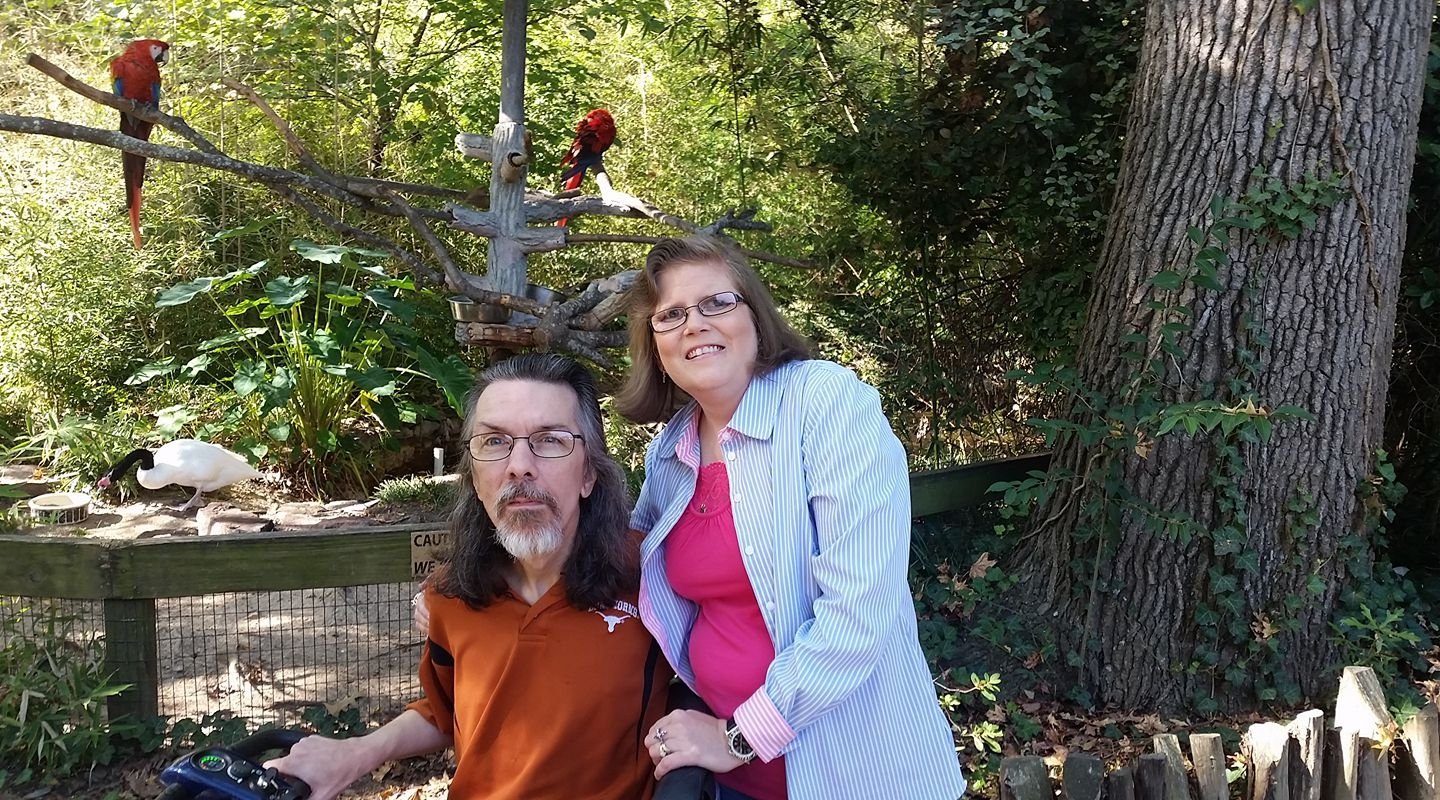
My name is Shane Warren, the author behind Chirping Birds Hub – your ultimate guide to the wonderful world of birds! Unleash your inner avian explorer as we delve into a vibrant library of knowledge dedicated to all things feathered. From learning about diverse bird species from across the globe to understanding their captivating habitats and behaviors, I’m here to fuel your passion for these magnificent creatures. Not only that, but I also provide valuable insights on being a responsible and informed pet bird owner. Join our vibrant community and let’s celebrate the feathered wonders of the world together – one chirp at a time.
